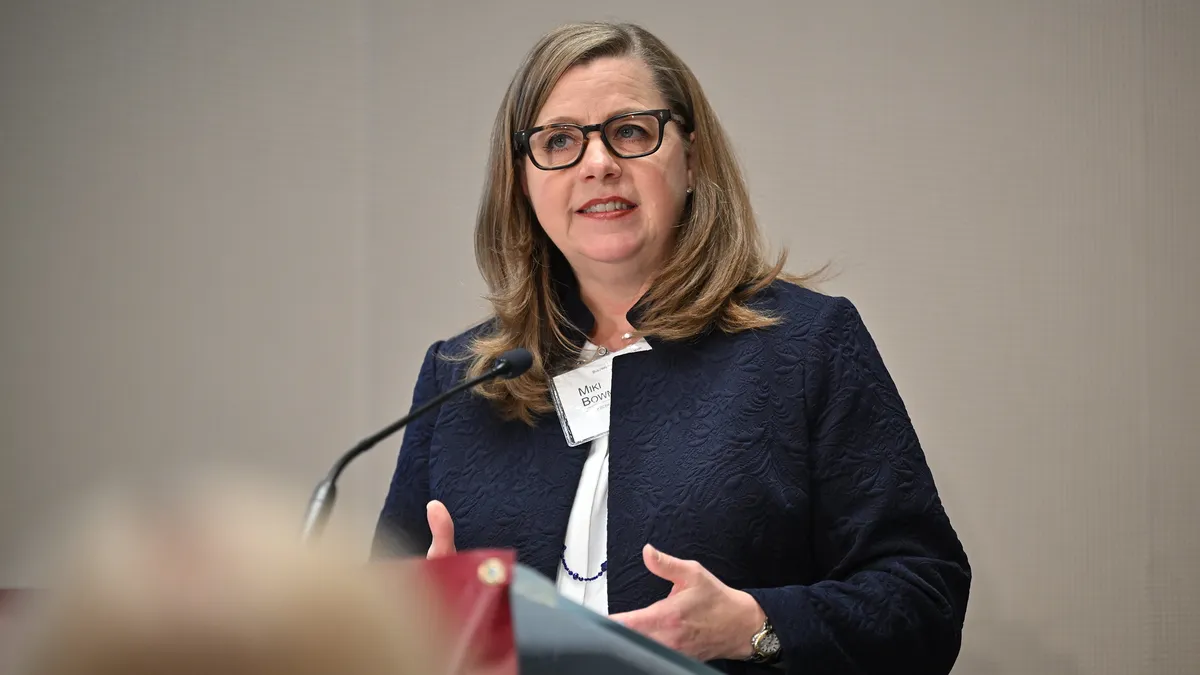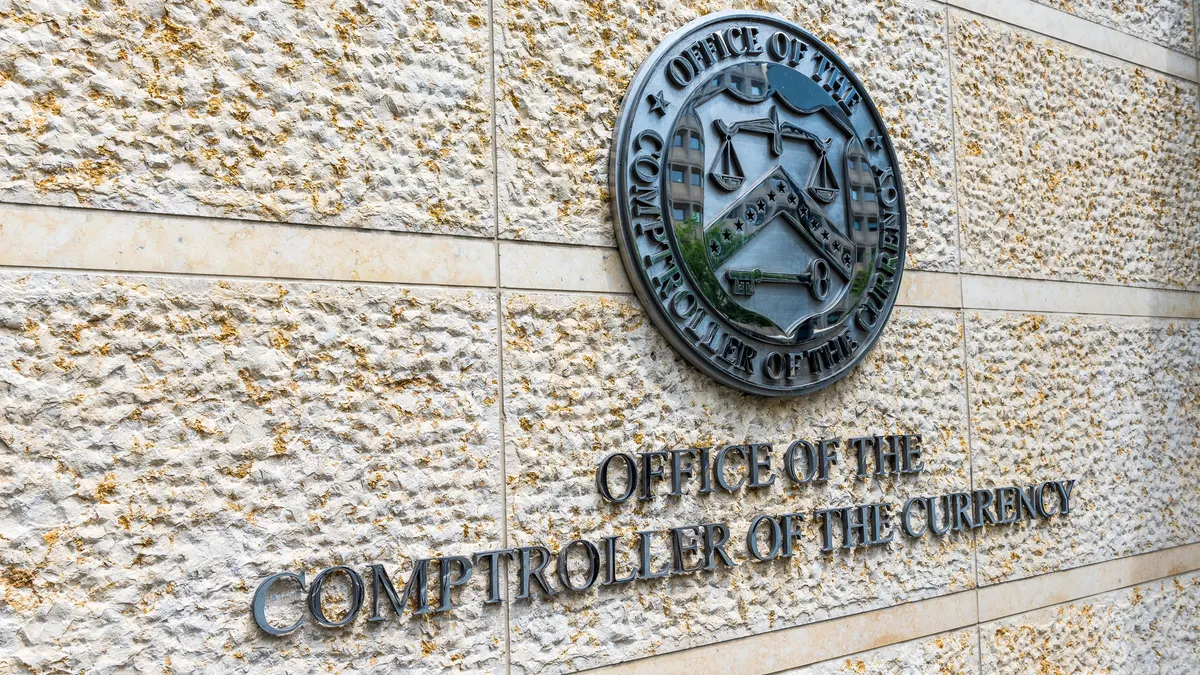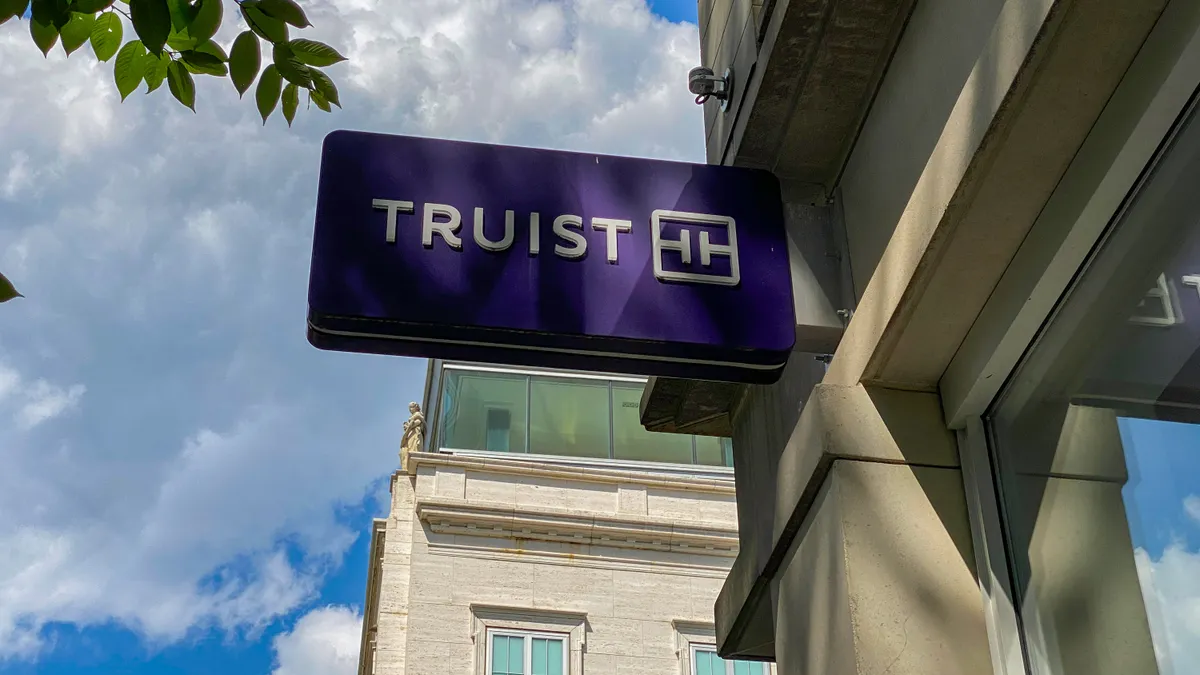Within a single week, math has presented two wildly different pictures of Citi’s place in relation to climate change.
In the bank’s 2023 ESG Report, issued Monday, Citi disclosed that it has financed and facilitated $441.2 billion toward sustainability in the past four years. That puts it incrementally on pace to achieve its goal to invest $1 trillion in the sector by 2030.
By contrast, Reuters on Wednesday published a report based on a draft of Citi’s contribution to the Federal Reserve’s first-ever climate scenario analysis. In that draft, the bank said it would suffer $10.3 billion in loan losses over 10 years if the effort to fight climate change accelerated enough to put the world in line for net zero by 2050. The bank would lose less, though — $7.1 billion over 10 years — if climate change-fighting efforts did not ramp up.
The $3.2 billion difference, though, may seem minor when put in perspective against the $730 billion in wholesale loans that were assessed for Citi’s part of the Fed study.
But as with any contentious issue, we live in a world where multiple, contrasting things can be true. Citi can be a notable contributor to a sustainable-finance ecosystem and still admit that net zero by 2050 would be worse for its bottom line.
It is unclear how much of the data in the document reviewed by Reuters passed into Citi’s final submission to the Fed.
Citi declined to comment to the wire service beyond pointing to the bank’s 2023 climate report, in which it said its submission to the Fed produced useful insights as to vulnerabilities but did not contain an analysis of potential losses.
The Fed did not ask for estimates of potential losses and has said it would not publish any dollar figures, a spokesperson for the central bank told Reuters. The results, too, were not meant to be used to impose capital requirements on banks, the Fed has said.
The central bank last year said its analysis of the scenario would keep banks’ individual data anonymous — rather, aggregating the findings from the six participating banks. The analysis was to be published by the end of 2023, but so far, it has not been.
In addition to estimating the 10-year impact of climate transition risks on corporate and commercial real estate lending portfolios, banks were asked, as part of the Fed exercise, to account for a severe hurricane affecting the Northeast U.S., as well as a second event in another region of the country — flood, drought, wildfire and the like — to affect the same categories of holdings during the same year.
Citi found that a severe hurricane in the Northeast could spur a $63.5 million loss on a $49 billion loan portfolio in one year if the assets were not covered by insurance — but would have a “muted” effect on the bank’s business, according to the draft.
A hurricane in the Southeast could trigger $142 million in losses to a $15 billion portfolio over 12 months, assuming no insurance coverage. But chronic flooding would raise that would increase total to $571 million, according to the document.
Sustainable finance
As for its sustainable finance goals, Citi has reached or surpassed five of the eight targets it laid out with an eye toward decreasing its operational footprint by 2025, it said Monday. Those include goals on reducing location-based greenhouse gas emissions, renewable energy sourcing, water consumption and waste reduction.
The bank said it has cut its location-based greenhouse gas emissions by 49%, compared to a 45% goal; sourced 100% renewable energy, which it has done every year since 2020; reduced its waste by more than half and its water consumption by one-third; and more than 40% of its buildings have a sustainable building certification, compared to 2010 baselines.
That leaves three 2025 goals Citi has yet to achieve. The bank’s operations have reduced energy consumption by 35%, compared to a 40% goal; it received 9% of its water from reclaimed or reused sources in 2023, compared to a 25% goal; and diverted 30% of its waste from landfills, against a goal of 50% by 2025.
The bank invested $92.7 billion in green infrastructure, climate tech and social initiatives in 2023, it reported Monday. That includes $14 billion in renewable energy-related activities.
“At a time of unprecedented pressure and opportunity to address rising environmental and social challenges, sustainable finance remains a critical tool for supporting action on these issues,” Citi said in its ESG report. “Investors, companies and governments alike recognize the role the financial services sector can play in mobilizing capital and advising clients to support their transition to a more sustainable, inclusive and low-carbon economy.”
Progress and drawbacks
Citi is hardly the only bank to trumpet its progress toward ESG goals. Little more than a year into its pledge to target $750 billion for “climate transition and inclusive growth finance” by 2030, Goldman Sachs disclosed that it was already one-fifth of the way there (read: we could do it in half the time).
Citi’s Fed draft, though, may emphasize the drawback of that.
"When a company's pace of transition is too fast or too slow with respect to the actual underlying market transition pace, it can suffer losses," Greg Hopper, a senior fellow at the Bank Policy Institute who previously served as a risk officer at Goldman, told Reuters.
At the same time, the Fed has pledged not to use the data gleaned from its climate scenario analysis to increase capital requirements — a notion that someone once in the running to create Fed policy disagrees with.
"This is the equivalent of the banks being assured by the Fed that the results would be ... shredded, buried, and wiped away from any use whatsoever," Sarah Bloom Raskin told Reuters on Wednesday.
Raskin withdrew her name from consideration for Fed vice chair for supervision in 2022 amid concern from Republicans, among other matters, that she would push banks to allocate capital away from the fossil-fuel sector.
— Lamar Johnson contributed to this report.





















